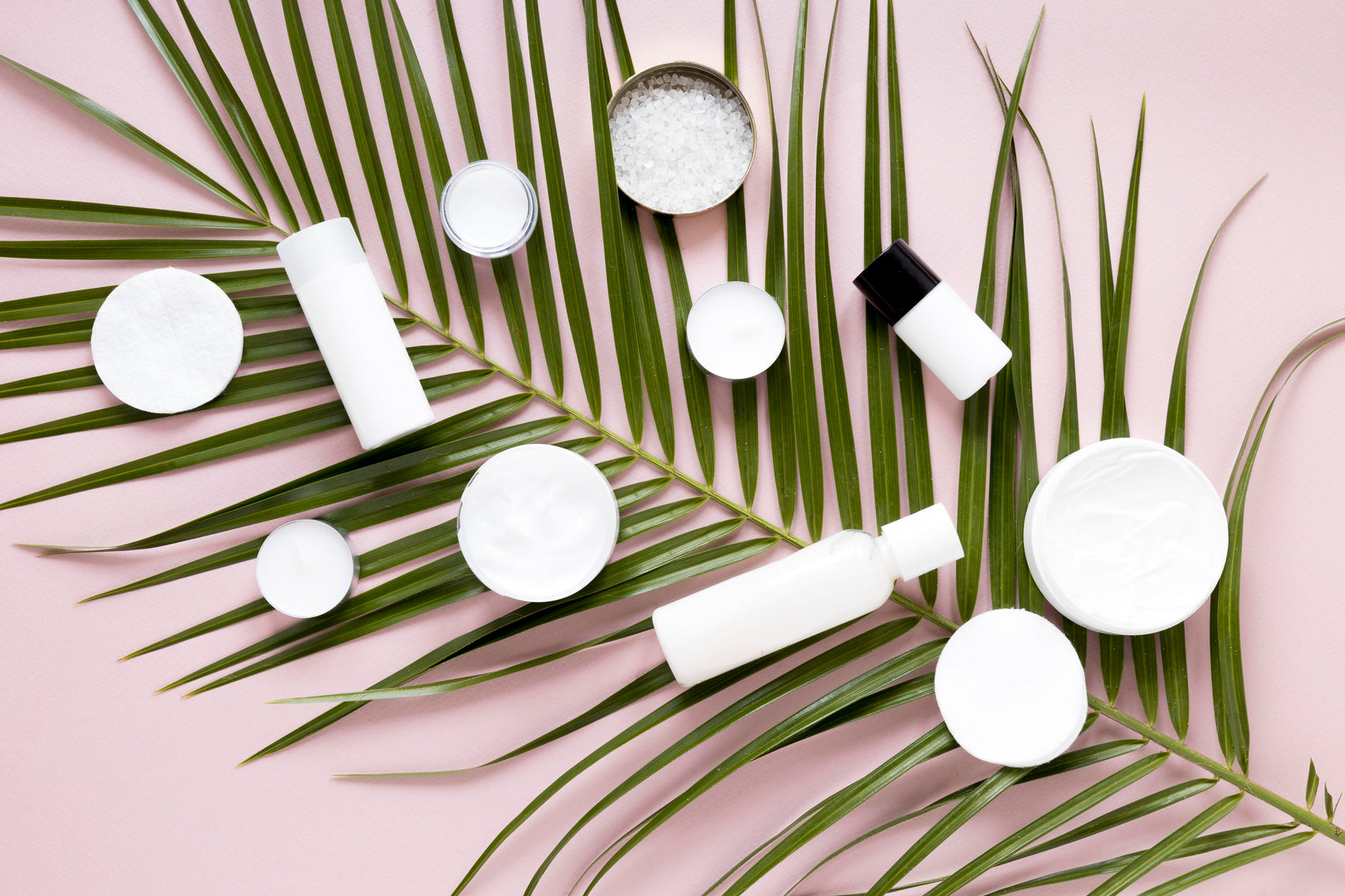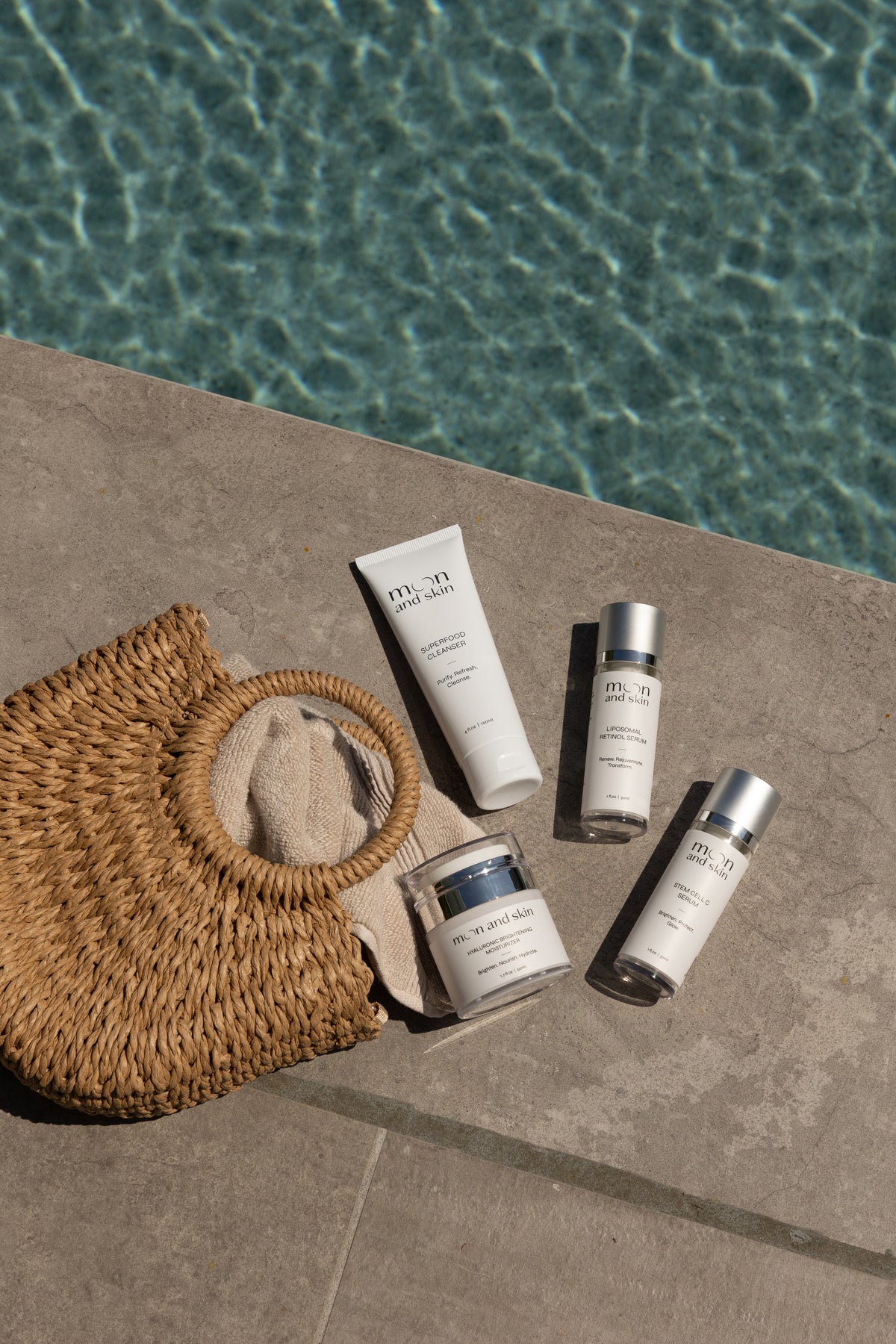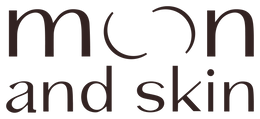Table of Contents
Introduction
Have you ever experienced redness, peeling, or irritation after introducing a new skincare product into your routine? If so, you are not alone! Many people who embark on their retinol journey encounter the phenomenon known as "retinol burn." This topic is particularly relevant today as more individuals seek effective solutions for anti-aging and skin clarity. Understanding how to safely incorporate retinol into your skincare regimen can empower you to achieve the radiant skin you desire without the discomfort.
In this comprehensive guide, we will delve into the intricacies of retinol, addressing common concerns like does retinol irritate skin and what can be done to mitigate these effects. We aim to clarify the science behind retinol, explore its benefits, and provide practical tips and recommendations for a successful skincare experience.
By the end of this post, you will be equipped with the knowledge to navigate your retinol journey confidently, ensuring that you can enjoy its remarkable benefits without the pitfalls of irritation.
What is Retinol?
Retinol, a derivative of vitamin A, has become a staple in many skincare routines due to its remarkable ability to promote skin health. By increasing skin cell turnover, retinol helps to clear clogged pores, reduce the appearance of fine lines and wrinkles, and improve overall skin texture. However, it’s essential to understand that retinol is a potent ingredient that requires careful handling to avoid irritation.
The Science Behind Retinol
Retinol functions by accelerating the rate of skin cell turnover, which means that it helps your skin shed dead cells more quickly and encourages the production of new, healthy cells. This process can lead to a brighter complexion, smoother texture, and a reduction in the visibility of dark spots and other imperfections.
However, because retinol speeds up this process, it can sometimes overwhelm the skin, especially for those who are not accustomed to its effects. This is where the concept of "retinol burn" comes into play.
What is Retinol Burn?
Retinol burn refers to the irritation that occurs when the skin reacts negatively to retinol. This can manifest in various forms, including redness, peeling, dryness, and discomfort. The severity of retinol burn can vary from person to person, depending on factors such as skin type, the concentration of retinol used, and the frequency of application.
Symptoms of Retinol Burn
When using retinol for the first time, it's not uncommon to experience mild symptoms such as:
- Redness: A flushed appearance on the skin.
- Dryness: The skin may feel tight or parched.
- Flaking or Peeling: The surface of the skin may begin to slough off.
- Itching or Stinging: Some individuals may experience a burning sensation.
Why Does Retinol Cause Irritation?
The irritation linked to retinol primarily stems from its powerful exfoliating properties. When you start using retinol, your skin may not be accustomed to the increased cell turnover, leading to temporary irritation as your skin adjusts.
Additionally, using a high concentration of retinol too soon or applying it too frequently can exacerbate these symptoms. It's crucial to understand that while retinol has numerous benefits, it can also cause unwanted reactions if not used correctly.
How to Prevent Retinol Irritation
To enjoy the benefits of retinol while minimizing the risk of irritation, we recommend the following strategies:
Start Slow and Low
1. Choose a Lower Concentration: If you're new to retinol, opt for products with a lower concentration, such as 0.25% or 0.5%. This allows your skin to acclimate without overwhelming it.
Gradual Introduction
2. Frequency of Use: Begin by applying retinol just once or twice a week. Gradually increase the frequency as your skin builds tolerance.
Buffering Technique
3. Buffering: To dilute the potency of retinol and reduce irritation, consider using the buffering technique. This involves applying a thin layer of moisturizer before or after the retinol to create a barrier that minimizes direct contact with your skin.
Patch Testing
4. Conduct a Patch Test: Before applying retinol to your entire face, perform a patch test on a small area of skin to gauge your skin's reaction.
Hydration is Key
5. Follow with a Moisturizer: After applying retinol, always follow up with a nourishing moisturizer to help lock in hydration and soothe any potential irritation. Our Celestial™ Moisturizer is an excellent choice for providing hydration while strengthening the skin barrier.
Sunscreen is Essential
6. Daily Sunscreen: Retinol can increase your skin's sensitivity to the sun, making it crucial to apply a broad-spectrum sunscreen with at least SPF 30 every day, even when it's cloudy.
What to Do if You Experience Retinol Burn
If you find yourself experiencing symptoms of retinol burn, here are some steps to help alleviate the irritation:
Stop Using Retinol
1. Discontinue Use: Cease applying retinol immediately until your skin has healed. Continuing to use it can worsen irritation.
Gentle Cleansing
2. Keep It Simple: Use a gentle cleanser that won’t strip your skin of moisture. Avoid any harsh scrubs or exfoliants during this time.
Moisturize and Soothe
3. Hydrate Your Skin: A soothing, hypoallergenic moisturizer can help restore hydration. Look for products that contain calming ingredients like aloe vera or ceramides.
Cold Compress
4. Soothe with a Cold Compress: Apply a cold compress to the irritated area to reduce discomfort and inflammation.
Consult a Professional
5. Seek Professional Guidance: If irritation persists, consult a dermatologist for tailored advice and potential treatment options.
Benefits of Using Retinol
Despite the challenges associated with retinol use, the benefits are hard to ignore. Some of the most significant advantages include:
Anti-Aging Properties
Retinol is renowned for its ability to reduce the appearance of fine lines and wrinkles by enhancing collagen production and improving skin elasticity.
Acne Treatment
For those struggling with acne, retinol can effectively reduce breakouts and prevent future occurrences by keeping pores clear and promoting healthy skin turnover.
Brightening Effect
By sloughing off dead skin cells and encouraging new cell growth, retinol can lead to a brighter and more even skin tone.
Improvement of Skin Texture
Regular retinol use can result in smoother skin texture, reducing the appearance of rough patches and unevenness.
Incorporating Retinol into Your Skincare Routine
Successfully incorporating retinol into your skincare routine requires a thoughtful approach. Here’s a step-by-step guide to help you get started:
Step 1: Cleanse
Always start with a clean face. Use our Cosmic Cleanser™ Gel Cleanser to remove impurities without stripping natural moisture.
Step 2: Apply Retinol
After cleansing, apply a small, pea-sized amount of retinol to dry skin. Avoid the eye area and any sensitive spots.
Step 3: Moisturize
Follow up with a hydrating moisturizer like our Celestial™ Moisturizer to lock in moisture and help mitigate potential irritation.
Step 4: Protect
In the morning, apply a broad-spectrum sunscreen to protect your skin from UV damage, which can be exacerbated by retinol usage.
Conclusion
Incorporating retinol into your skincare routine can be a transformative experience, offering numerous benefits for skin health and appearance. However, it's essential to approach it with care to avoid irritation. By starting slowly, using the buffering technique, and following up with proper hydration and sun protection, you can harness the power of retinol without the discomfort of retinol burn.
At Moon and Skin, we are committed to providing clean, thoughtful skincare that empowers you to embrace your skin journey through every phase of life. If you're ready to explore our collection, be sure to check out our Stellar C™ Vitamin C Serum for brightening benefits or add the gentle power of our Eclipse™ Retinol Serum to your skincare ritual today.
FAQ
1. Can everyone use retinol?
While many people can benefit from retinol, those with extremely sensitive skin or certain skin conditions (like eczema or rosacea) should consult a dermatologist before use.
2. How long does it take to see results from retinol?
Results can vary, but generally, you may start to see improvements in skin texture and clarity within 4 to 12 weeks of consistent use.
3. Can I use retinol with other active ingredients?
Be cautious when combining retinol with other strong actives like alpha hydroxy acids (AHAs) or beta hydroxy acids (BHAs), as this can increase irritation. It's often best to use these ingredients on alternate days.
4. How often should I use retinol?
Start with once or twice a week and gradually increase frequency as your skin builds tolerance.
5. Is retinol safe to use during pregnancy?
Pregnant or breastfeeding individuals should avoid retinol and consult a healthcare provider regarding safe skincare alternatives.
By understanding the nuances of retinol, we can empower ourselves to make informed skincare choices and embrace the journey to healthier, more radiant skin. Together, let's celebrate the beauty of our skin at every phase of life.







